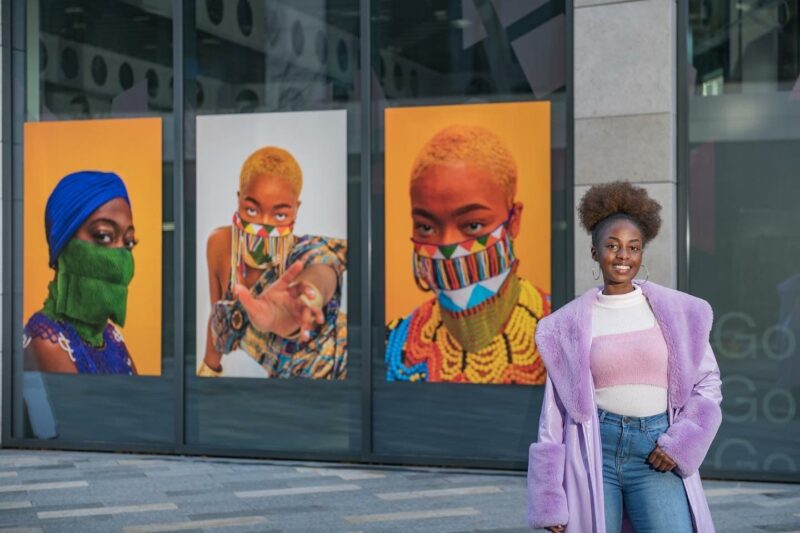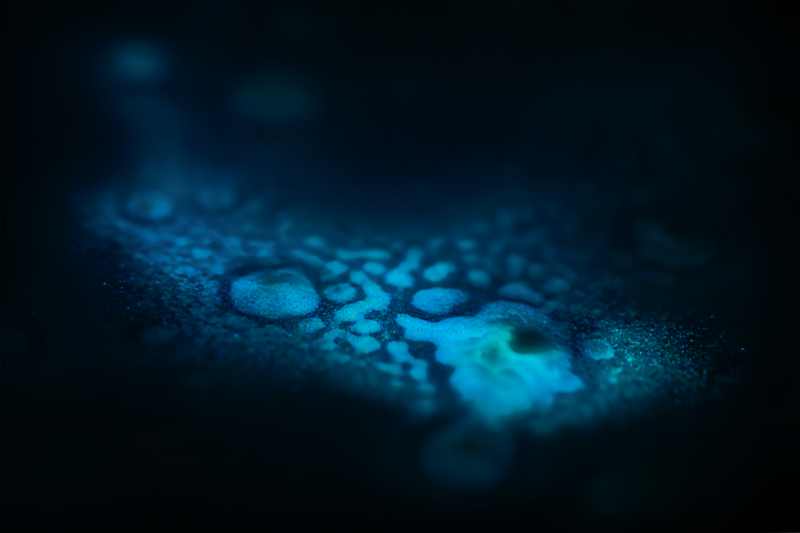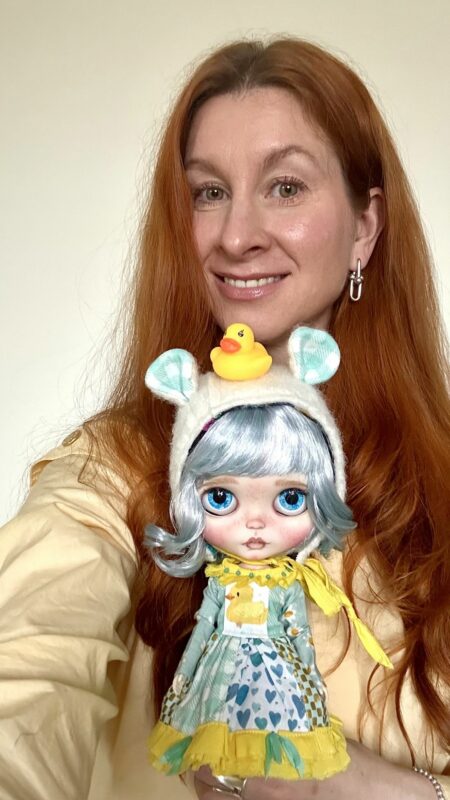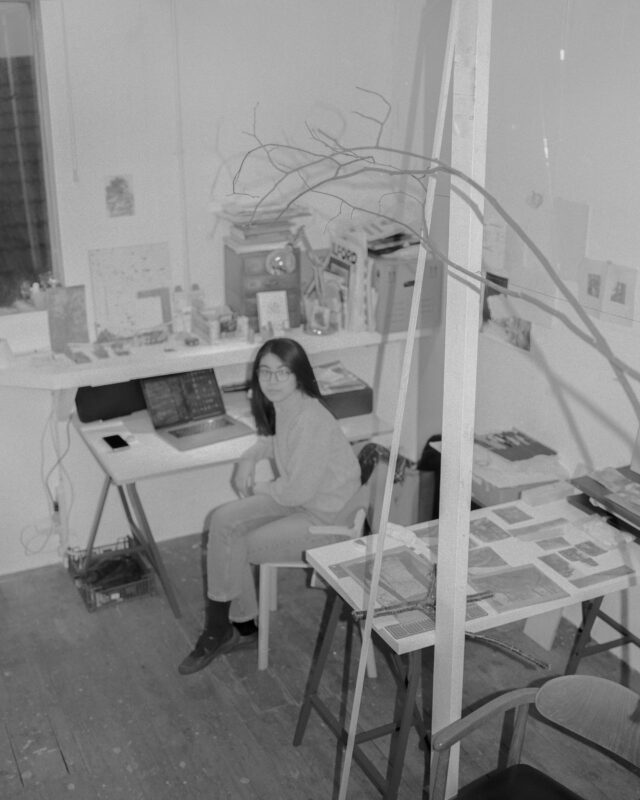Hong Liang, a Chinese-born visual artist and painter, focuses her work on floral themes and female subjects. In her Flower series, she views painting as a timeless medium that captures fleeting moments. Through vibrant brushstrokes and rich colors, she chronicles personal experiences while exploring the rhythms of life. Her art reflects a pursuit of natural harmony and a deep contemplation of the essence of existence.
Academic Attainment and Global Influence
Liang has a strong academic background, having obtained her Bachelor’s and master’s degrees in Fine Arts Chinese Painting, and furthering her studies to obtain a PhD in Aesthetics. In recent years, her works has been featured in major exhibitions around the world, winning awards. Recent activities include: Scene Not Be Seen (USA, 2024), Future Stars (UK, 2024), Rhythm of the Times (Canada, 2024), Silver Award in the HK·CACR(The 2nd Hong Kong Youth Arts Awards, 2024).
From Tradition to Modernity: Cultural Reflection and Subject Transformation
Liang’s early works, inspired by traditional Chinese culture, depict the refined lives of ancient literati. Using delicate lines and intricate compositions, she recreates their elegant spiritual world, inviting viewers into poetic, timeless scenes.
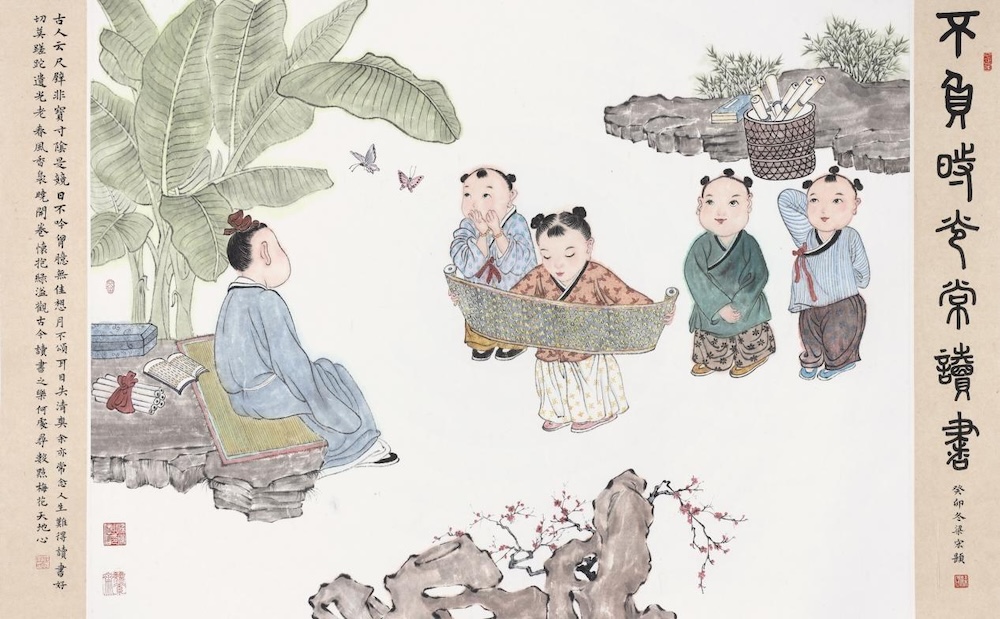
Living in the UK marked a pivotal moment in her artistic journey, revealing the deep influence of personal experiences on her creativity. This insight inspired her shift to contemporary floral themes, where she captures the passage of time and life’s fleeting nature through the vibrant colors of flowers.
Analysis of representative works of Flowers
In Desktop Peonies, the soft pink hue evokes a delicate veil of history draped over each petal, reflecting the passage of time and its changes. The artist’s nuanced use of color and texture creates an atmosphere of suspended anticipation, capturing a moment frozen in time.
The book and pen on the table are more than decorative elements; they symbolize the passage of time, each object carrying its own story. Together, they invite viewers into a realm where time becomes a tangible, emotive presence rather than an abstract concept.
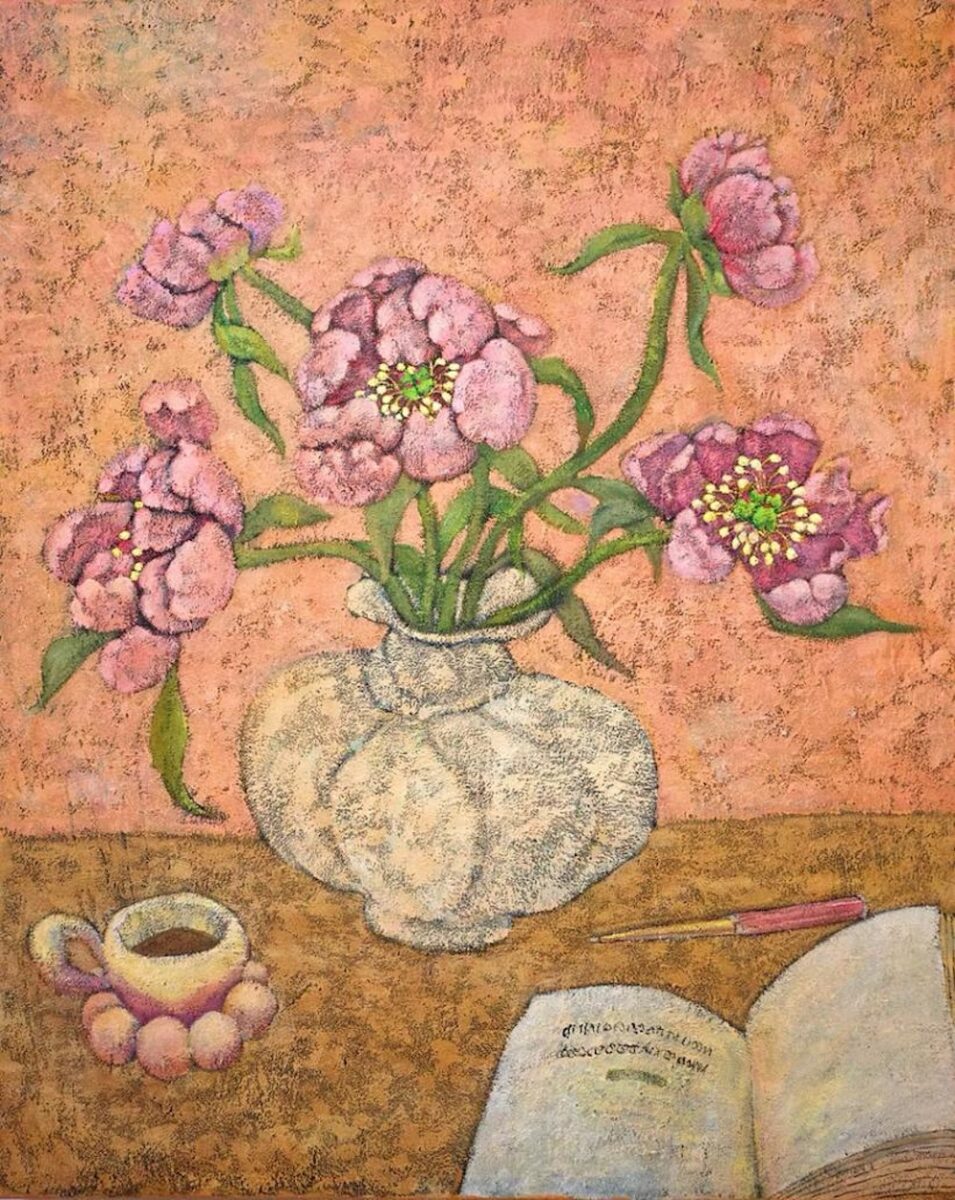
The background of Daisies is a serene dark green, evoking the quiet embrace of nature, while light purple daisies, like scattered stars, add softness and a hint of mystery. Though common and unassuming, the daisy embodies life’s essence with its delicate yet resilient presence. Echoing Rodin’s words, “There is no lack of beauty in the world, but a lack of eyes to discover it,” this piece underscores the artist’s message: the miracle of life lies in even the most inconspicuous places.
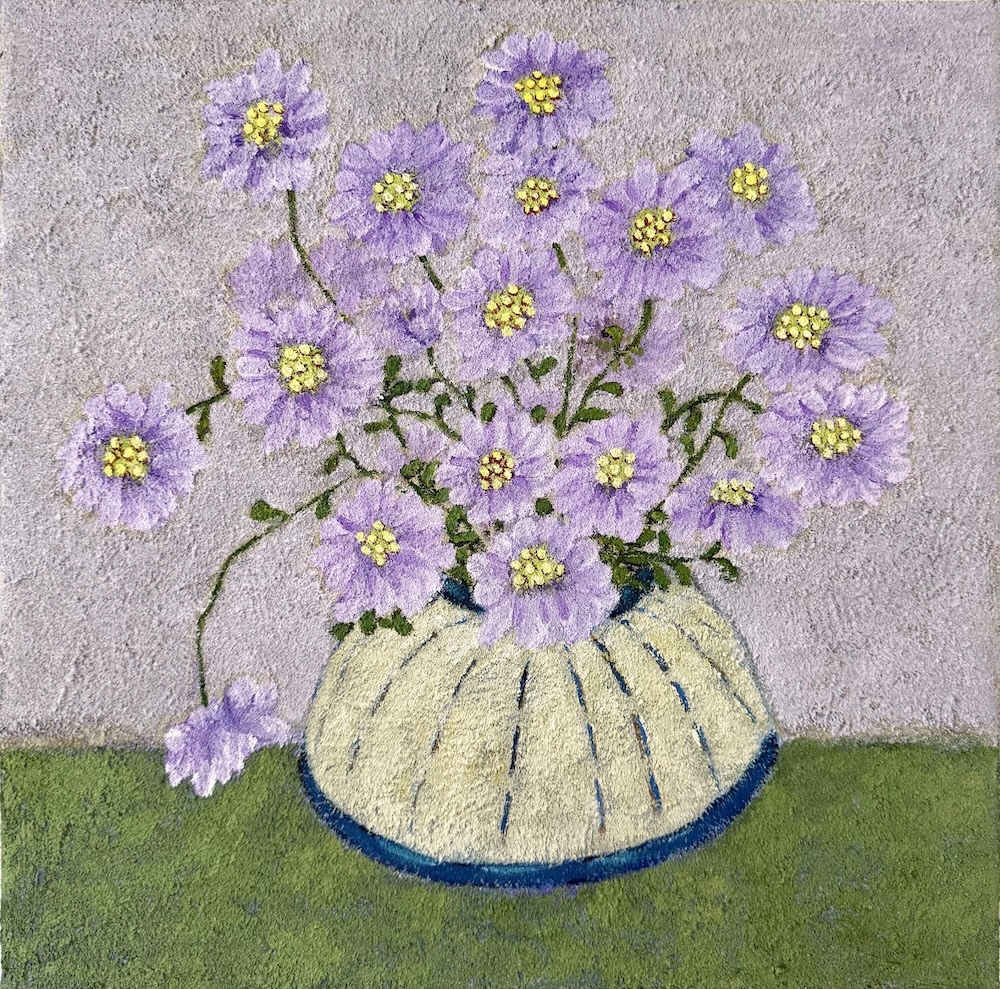
In Poppies, deep purple blooms exude a cold, wild beauty imbued with philosophical and emotional depth. With a simple yet delicate approach, Liang uses the poppy as a medium to narrate themes of time’s passage, love, dreams, loss, and rebirth. She sees the bloom and wither of flowers as invisible marks left in the air, transforming into eternal memories. For Liang, time does not vanish but reshapes into another form of existence, preserving its essence in perpetuity.
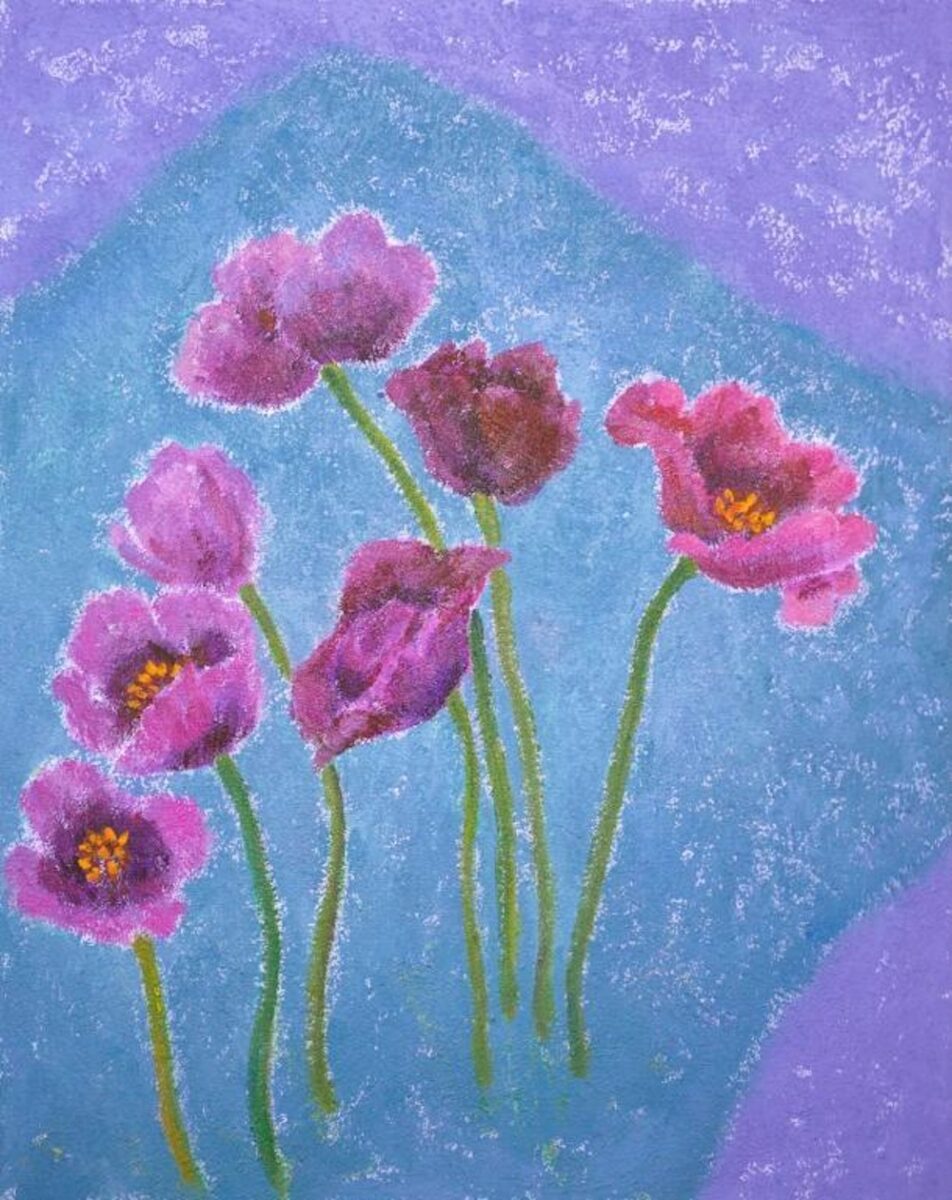
White lilies, symbols of purity and elegance, represent the soul’s refinement and sublimation. Through the window, the blue sky brings a sense of natural freshness, while desserts and teacups on the table evoke pleasure and contentment. Warm orange-yellow tones suggest relaxation and laziness, enhancing the scene’s coziness.
The composition subtly reminds us that happiness often lies in simple pleasures: the warmth of tea, the fragrance of flowers, or the sincerity of a smile. As Aristotle observed, “Happiness belongs to those who are easily satisfied.” With gratitude, we can uncover countless moments in life worth cherishing.
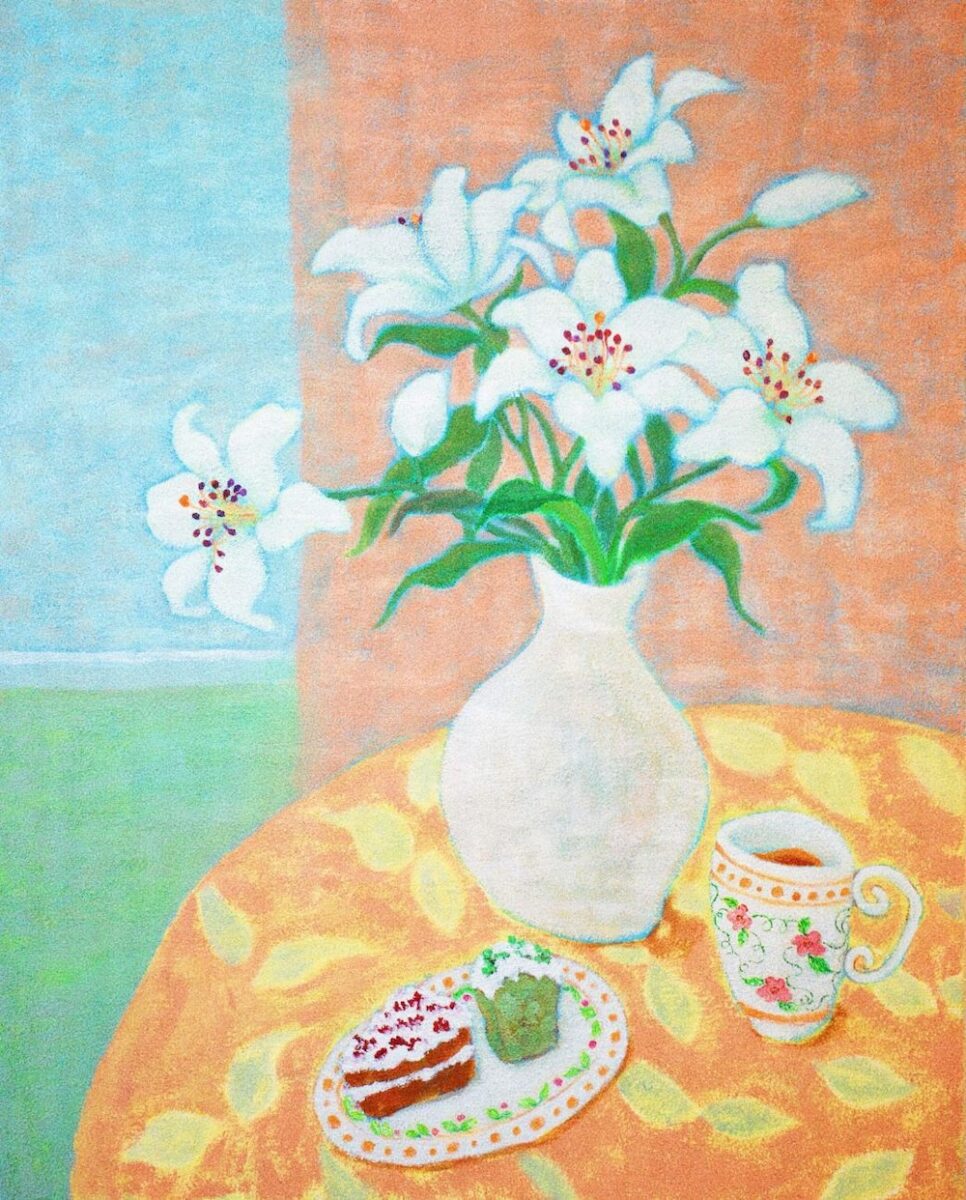
In Red Roses, a subtly deformed white canister takes center stage, its simplicity contrasting with the vibrant red rose inside. Through skilled modeling, the artist breathes life into this seemingly ordinary scene. A closer look at the upper left corner reveals a bumblebee in flight, adding a touch of vitality to the serene composition and capturing a fleeting, beautiful moment.
Liang resonates with Heidegger’s concept of Dasein, emphasizing the importance of focusing on the present rather than being confined by the past or future. By embracing the now, we can fully appreciate each moment and experience life in its richness and depth.
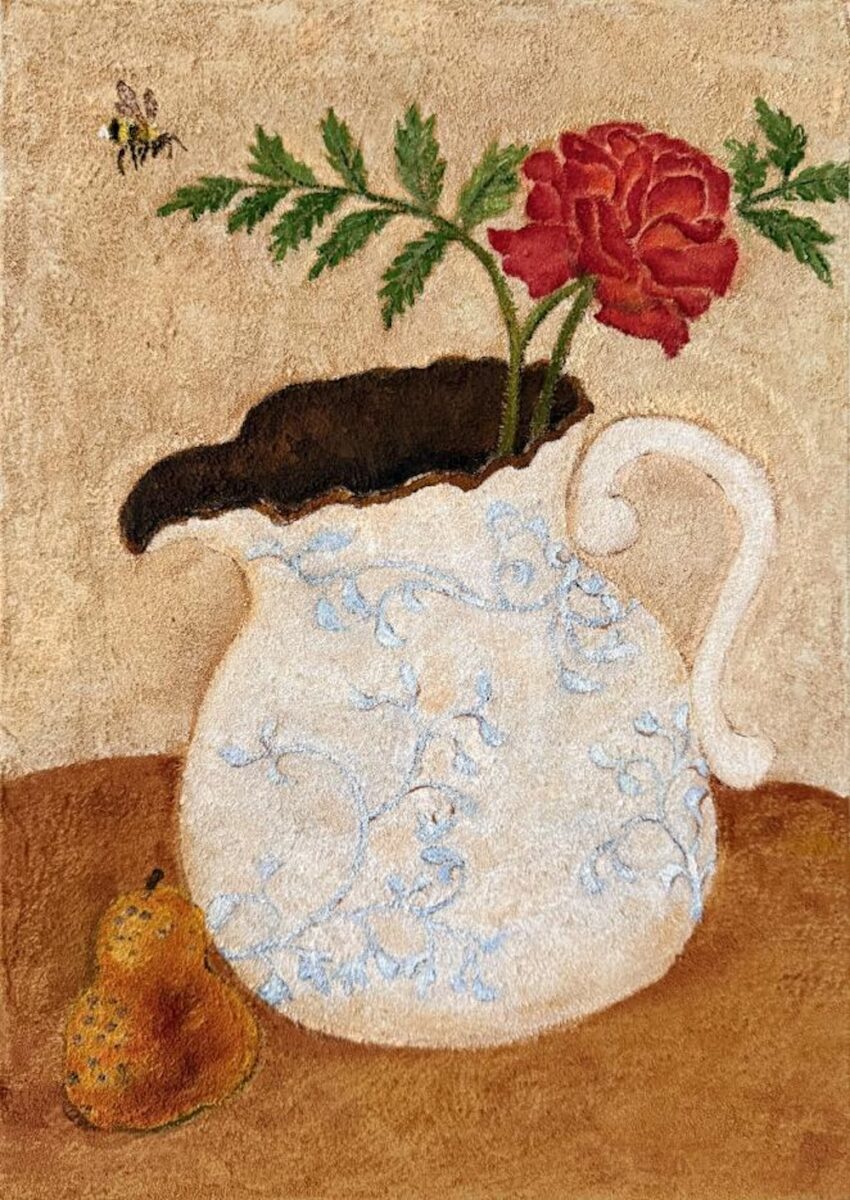
Texture and Natural Essence – An Exploration of the Integration of Quartz Sand and Acrylic Paints
In painting, texture often reflects a work’s vitality. Liang combines quartz sand with acrylic paint, creating a fresh and dynamic visual experience. This innovative approach marks a departure from traditional Chinese painting, embracing diverse materials to explore and express rich textures.
As John Keats wrote, “Beauty is truth, truth beauty.” Liang’s works embody this ideal, offering an earthy texture and natural essence that bring her art to life with vibrant energy.
Philosophy of Time in the Flowers Series
Flowers, with their fleeting blooms, hold the power to embody life’s warmth and beauty, subtly urging us to treasure the present and accept the passage of time. As Rodin observed, “The source of art lies in the inner truth. Your form, your color, all must convey emotion.” In this series, Liang reimagines the natural elegance of flowers, transforming them into soft, warm scenes that resonate like a poetic hymn. Her work delicately examines existence and time, capturing a fragile yet enduring essence that reflects Kant’s notion of time as a priori sensualism and Augustine’s meditations on its passage. Liang invites viewers into a quiet reflection—an introspective dialogue with themselves, others, and the world—fostering a deeper appreciation for life’s value and the meaning of existence.
